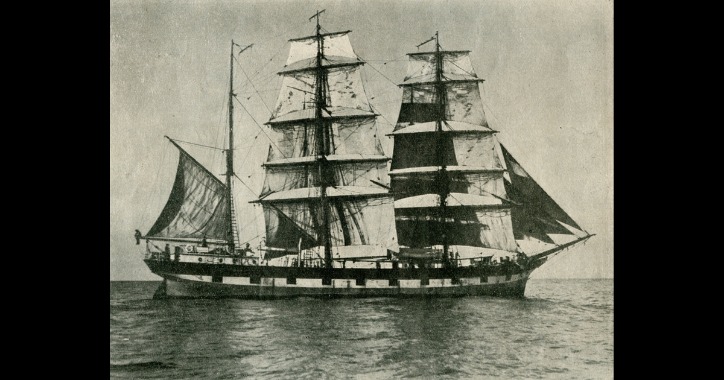The Remarkable Legacy of Historical Sailing Ships

Historical sailing ships have a rich and storied past that has played a critical role in shaping the course of human history. These majestic vessels have fascinated people for centuries with their elegant designs and ability to conquer vast oceans. Let’s delve into the world of historical sailing ships and explore their enduring legacy.
The Evolution of Historical Sailing Ships
From the ancient Phoenician galleys to the mighty Spanish galleons of the 16th century, historical sailing ships have undergone significant transformations over the centuries. These vessels were not only crucial for exploration and trade but also for naval warfare.
Key Features of Historical Sailing Ships
- Masts and Sails: Historical sailing ships relied on masts and sails to harness the power of the wind and propel them across the seas.
- Hull Design: The hull of a historical sailing ship was typically made of wood, which was carefully crafted to withstand the rigors of the open ocean.
- Rigging: The rigging of a historical sailing ship consisted of ropes and cables used to control the sails and maneuver the vessel.
Frequently Asked Questions
What were the most famous historical sailing ships?
Some of the most famous historical sailing ships include the HMS Victory, the USS Constitution, and the Santa Maria.
What was life like aboard a historical sailing ship?
Read more about tall ship replicas here.
Life aboard a historical sailing ship was tough and challenging, with crew members facing cramped quarters, harsh weather conditions, and the constant threat of enemy attacks.
Historical sailing ships may no longer dominate the seas, but their legacy lives on in maritime museums, historical reenactments, and the hearts of sailing enthusiasts around the world. These magnificent vessels remind us of a bygone era when the open ocean was the gateway to new worlds and untold adventures.


Leave a Reply